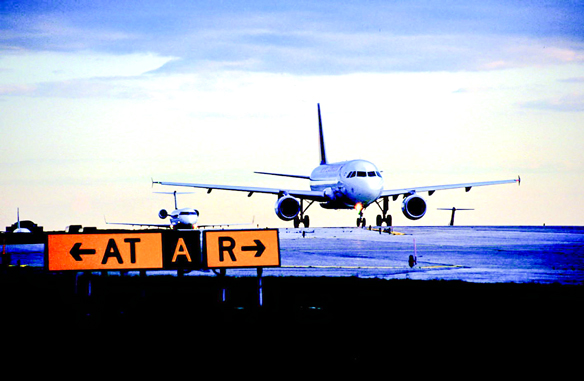Passenger demand recovery continues on track in October

The recovery continues, with IATA reporting that passenger demand continued to bounce back in October.
The global airline industry association said that:
- Total traffic in October 2023 (measured in revenue passenger kilometres or RPKs) rose 31.2% compared to October 2022. Globally, traffic is now at 98.2% of pre-COVID levels.
- Domestic traffic for October rose 33.7% versus October 2022, driven by the triple-digit percentage growth recorded in China, and was 4.8% above the October 2019 results.
- International traffic climbed 29.7% compared to the same month a year ago. All markets saw double-digit percentage gains year on year. International RPKs reached 94.4% of October 2019 levels.
Willie Walsh, IATA’s Director General, said: “October’s strong result brings the industry ever closer to completing the post-pandemic traffic recovery. Domestic markets remain above pre-COVID levels. International demand is recovering, but more slowly. In particular, Asia Pacific carriers’ international demand is 19.5% behind 2019. This could reflect the late lifting of COVID restrictions in parts of the region as well as commercial developments and political tensions.”
Asia-Pacific airlines saw an 80.3% increase in October 2023 traffic compared to October 2022, continuing to lead the regions. Capacity climbed 72.5% and the load factor increased by 3.6 percentage points to 82.9%.
European carriers’ October 2023 traffic rose 16.1% versus October 2022. Capacity increased 14.5%, and load factor edged up 1.2 percentage points to 85.1%.
Middle Eastern airlines posted a 24.1% rise in October 2023 traffic compared to a year ago. Capacity rose 22.2% and load factor climbed 1.2 percentage points to 80.6%. There was little impact at the regional and global levels from the Israel-Hamas war, despite reduced airline operations to/from Israel.
North American carriers had a 17.5% traffic rise in October 2023 versus the 2022 period. Capacity also increased 17.5%, and load factor was stable at 83.9%.
Latin American airlines’ traffic rose 21.2% compared to the same month in 2022. October capacity climbed faster — up 22.3% — pushing load factor down 0.8 percentage points to 85.3%, highest among the regions.
African airlines saw a 25.3% traffic increase in October 2023 versus a year ago. October capacity was up 32.4% causing load factor to decline 4.0 percentage points to 70.3%, lowest among the regions.
Walsh observed: “People assign a high value to the freedom to travel. The strong demand we’ve seen all year confirms that. And aviation is committed to ensuring that people can continue to enjoy this freedom. To do that in the long-term, we must also meet our commitment to achieve net zero carbon emissions by 2050.”
IATA’s boss continued: “Last month, the Third Conference on Aviation Alternative Fuels (CAAF/3) agreed a global framework to promote Sustainable Aviation Fuel (SAF) production with the aim that aviation fuel in 2030 is 5% less carbon intensive than fossil fuel used today.”
He pointed out that: “Now, governments need to support that target by immediately putting in place policies to stimulate SAF production. It bears repeating: last year, every drop of SAF that was produced was purchased. The same thing will occur this year. But, with a few notable exceptions, governments are not living up to their obligations to ensure SAF is plentiful and affordable to support the industry’s energy transition.”
Go to www.iata.org for more.


